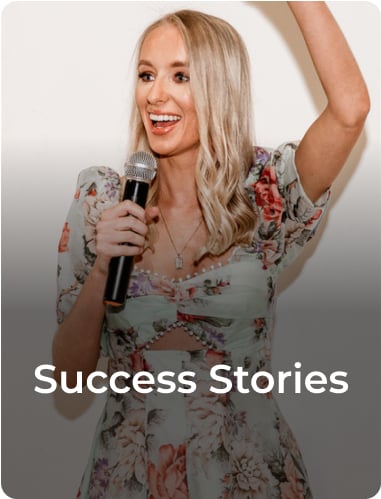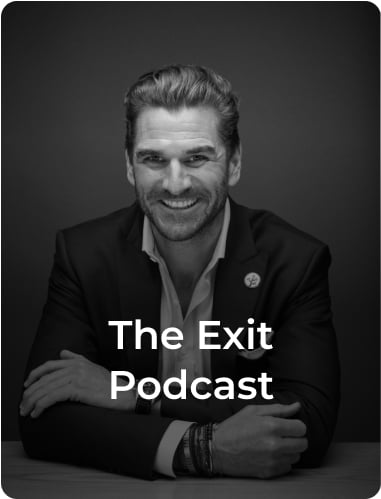
In the digital age, email newsletters have emerged as powerful tools for content creators and businesses to connect with their audience. As the newsletter industry continues to grow, there is an increasing number of entrepreneurs looking to sell their successful newsletters. This article aims to guide you through the process of selling your newsletter, exploring the size and profitability of this business model, understanding the value of a newsletter, and providing strategies to effectively attract potential buyers.
What is the Size of the Newsletter Market?
The newsletter industry has experienced exponential growth in recent years, with millions of newsletters covering diverse topics. From niche interests to mainstream news, whether its a daily newsletter or weekly newsletter, they have become a primary source of information and entertainment for a global audience. Understanding the size and scope of this industry is crucial for anyone looking to sell their newsletter.
The burgeoning interest in newsletters has been underscored by significant financial developments in the industry. Notably, Substack, one of the leading paid-newsletter platforms, successfully secured $65 million in funding in 2021, achieving a staggering valuation of $650 million by the New York Times in 2022. Adding to the momentum, in 2023, the disruptive newsletter platform, beehiiv, announced a $12.5 million raised in Series A funding. This influx of capital, coupled with the presence of established platforms like Mailchimp, suggests a sustained expansion for the newsletter sector. In 2020, the industry was valued at $7.5 billion, and with the ongoing surge in newsletter popularity, projections indicate a substantial growth to $17.9 billion by 2027.
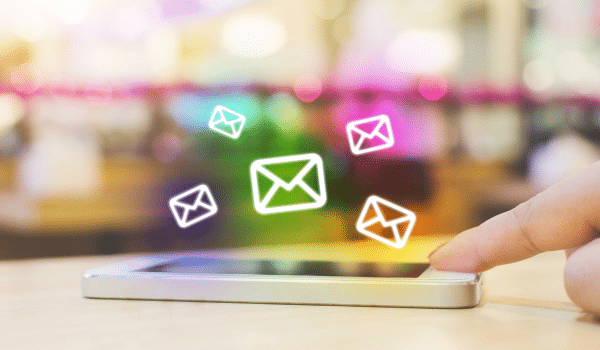
Why Sell Your Newsletter?
Flippa has supported thousands of business owners to sell their businesses, we have expert Advisors ready to help you navigate your exit journey, the largest community of buyers in the world, and the tools and data to get deals done. We also understand that every business owner and business is unique, and they each have a unique reason for selling.
One common motivation for an exit is a desire to pursue new opportunities or ventures, whether within the same industry or a different field. Selling a newsletter can provide entrepreneurs with the capital and freedom to embark on fresh endeavors, leveraging the success and value they’ve built in their current venture. Some may see it as an opportune time to capitalize on the newsletter’s success while the market is favorable, ensuring a strategic exit that benefits both the seller and potential buyers seeking to leverage an established platform. Ultimately, the decision to sell a newsletter is often a strategic move aligned with personal or professional aspirations.
Find Out How Much Your Online Business is Worth
Flippa’s intelligent valuations engine is the industry’s most accurate tool, taking into consideration thousands of sales and live buyer demand. Find out what your business is worth with our free valuation tool and plan your next move.
How Profitable Can a Newsletter Be?
Newsletters can be highly profitable for content creators and businesses alike. They serve as a direct channel to engage with subscribers, drive revenue, and build a loyal audience. Let’s delve into the importance of newsletters in driving revenue and the various monetization methods available to newsletter creators.
Importance of a Newsletter in Driving Revenue and Engaging Subscribers
Newsletters play a vital role in revenue generation for content creators. The direct and intimate connection with subscribers allows for effective promotion of products, services, or affiliate partnerships. Additionally, newsletters contribute to brand loyalty, fostering a sense of community among subscribers.
Monetization Methods for Newsletters
- Subscription Models: Charging subscribers a monthly or annual fee for premium content is a common monetization strategy. This model works best for newsletters that consistently deliver valuable and exclusive content. Building an audience of paying subscribers can not only generate thousands or millions in annual revenue, it’s also recurring revenue which can increase the value of your business.
- Advertising and Sponsorships: Collaborating with advertisers or sponsors to include relevant promotions within your newsletter can be a lucrative revenue stream. Ensure that the advertisements align with your content and resonate with your audience.
- Affiliate Marketing: Integrating affiliate links into your newsletter content allows you to earn a commission for every sale generated through your recommendations. Choose affiliates that align with your niche and maintain transparency with your audience.
- Product Sales: If you have your products or services, newsletters provide an excellent platform to promote and sell them directly to your subscribers.
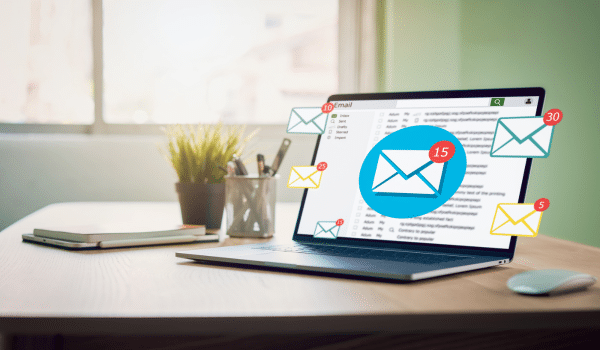
How Much is a Newsletter Worth?
Valuing a newsletter requires a nuanced understanding of its subscriber base, engagement metrics, and potential for future growth. Let’s explore the key factors in determining the worth of a newsletter and identify who typically buys them.
How to Value a Newsletter
Before putting your newsletter business on the market, it’s crucial to determine its value. Consider factors such as the size of your subscriber base, engagement metrics, revenue streams, and profit margin.
Furthermore, ensure your financial records are in order. Potential buyers will scrutinize your financial statements, so having clear, organized, and accurate records will instill confidence in prospective purchasers.
- Subscriber Base: The size and quality of your subscriber base significantly influence the value of your newsletter. A highly engaged and niche audience is more attractive to potential buyers.
- Engagement Metrics: Metrics such as open rates, click-through rates, and subscriber retention play a crucial role in assessing the overall health and potential of a newsletter.
- Revenue Streams: A diversified and consistent revenue stream adds value to your newsletter. Clearly document your income sources, whether through subscriptions, advertising, or affiliate marketing.
- Newsletter Platforms: Using a well known, easy-to-use platform will increase the ease of transition when you come to sell your newsletter. And if that platform has inbuilt payment gateways even better.
Who Buys Newsletters?
Buyers for newsletters can range from individual entrepreneurs to larger media companies looking to expand their reach. Identifying potential buyers and tailoring your marketing strategy accordingly is essential for a successful sale.
Strategies to Sell Your Newsletter Effectively
Now that we’ve explored the industry landscape and the value of newsletters, let’s delve into practical strategies to sell your newsletter successfully.
Step 1. Identifying and Understanding Your Target Audience:
Understanding your target audience is the foundation of a successful newsletter sale. Identify potential buyers who align with your content and can leverage your subscriber base for their goals.
Step 2. Building an Email List:
A robust email list is a valuable asset when selling a newsletter. Invest time in growing your list organically, focusing on quality over quantity. Engage with your subscribers consistently to maintain an active and responsive audience. Ensure that your content is high-quality, consistently delivered, and resonates with your target audience. A positive brand image and reputation for reliability can significantly enhance the perceived value of your newsletter business.

Step 3. Creating Valuable Newsletter Content:
The content you provide is a key selling point for your newsletter. Consistently deliver relevant, engaging, and high-quality content to showcase the full potential of your newsletter to potential buyers.
Step 4: Create a Record Of Consistent Revenue:
Buyers are often interested in newsletters that demonstrate consistent revenue. Document your revenue streams, showcasing the financial stability and growth potential of your newsletter.
Step 5: Engaging with Potential Buyers:
Once you start receiving inquiries from potential buyers, engage in open and transparent communication. Be prepared to answer questions, provide additional information, and negotiate terms. Building a positive relationship with potential buyers can foster trust and increase the chances of a successful sale. Craft a compelling pitch that highlights the unique value proposition of your newsletter and its potential for growth.
Email Marketing Strategies for Growing a Newsletter Organically
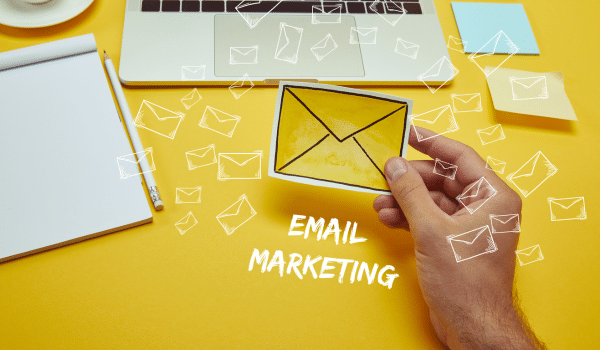
Growing a newsletter through effective email marketing strategies involves a combination of engaging content, audience segmentation, and thoughtful promotional efforts. Here are some strategies to help you maximize the growth of your newsletter through email marketing:
- Define Your Target Audience:
- Clearly define your target audience and understand their needs and preferences.
- Segment your email list based on demographics, interests, or engagement levels to tailor content accordingly.
- Create Compelling Opt-In Forms:
- Design visually appealing and user-friendly opt-in forms on your website and landing pages.
- Clearly communicate the value proposition of your newsletter to encourage visitors to subscribe.
- Offer Irresistible Lead Magnets:
- Develop high-quality lead magnets such as e-books, guides, or exclusive content relevant to your audience.
- Promote lead magnets in your opt-in forms and on your website to entice visitors to subscribe.
- Implement a Double Opt-In Process:
- Use a double opt-in process to ensure that subscribers confirm their intention to join your newsletter.
- This helps maintain a clean and engaged subscriber list while complying with anti-spam regulations.
- Optimize Confirmation and Welcome Emails:
- Craft engaging confirmation and welcome emails that not only confirm subscription but also highlight the value subscribers can expect.
- Include a call-to-action (CTA) to encourage new subscribers to explore your content further.
- Consistent and Valuable Content Delivery:
- Establish a consistent schedule for sending newsletters to build anticipation among subscribers.
- Provide valuable, relevant, and engaging content that aligns with your audience’s interests and needs.
- Encourage Social Sharing:
- Include social sharing buttons within your newsletters to make it easy for subscribers to share your content.
- Leverage social media platforms to extend your reach and attract new subscribers through shares and referrals.
- Leverage Referral Programs:
- Implement referral programs that incentivize existing subscribers to refer friends and colleagues to your newsletter.
- Offer rewards, such as exclusive content or discounts, for successful referrals.
- Run Contests and Giveaways:
- Organize contests or giveaways that require participants to subscribe to your newsletter for entry.
- Promote these events through your existing channels to attract new subscribers.
- Segmentation and Personalization:
- Use subscriber data to segment your audience based on their preferences, behavior, or location.
- Personalize your newsletters with dynamic content and personalized recommendations to enhance engagement.
- Optimize for Mobile Devices:
- Ensure your newsletters are mobile-friendly, as a significant portion of users access emails on their mobile devices.
- Use responsive design and concise, visually appealing content for optimal mobile viewing.
- Monitor and Analyze Metrics:
- Regularly monitor email marketing metrics, such as open rates, click-through rates, and conversion rates.
- Use analytics to understand subscriber behavior and refine your strategies based on performance data.
- Re-Engagement Campaigns:
- Identify inactive subscribers and implement re-engagement campaigns to revive their interest.
- Offer exclusive content, discounts, or incentives to encourage them to interact with your newsletter again.
- Cross-Promotions and Collaborations:
- Explore opportunities for cross-promotions with other newsletters or businesses targeting a similar audience.
- Collaborate on joint content or promotions to tap into each other’s subscriber bases.
Conclusion
Selling your newsletter requires a strategic approach that encompasses understanding the industry, valuing your newsletter accurately, and implementing effective strategies to attract potential buyers. By focusing on building a strong email list, consistently delivering valuable content, and showcasing a record of consistent revenue, you can maximize the value of your newsletter and successfully navigate the selling process. Remember to engage with potential buyers transparently and seek professional assistance when needed, ensuring a smooth transition for both you and the new owner.
Find Out How Much Your Online Business is Worth
Flippa’s intelligent valuations engine is the industry’s most accurate tool, taking into consideration thousands of sales and live buyer demand. Find out what your business is worth with our free valuation tool and plan your next move.

Recommended for you
Discover more from Flippa
Subscribe to our Blog
Get the latest blog posts, insight reports and news directly to your inbox every week.

















